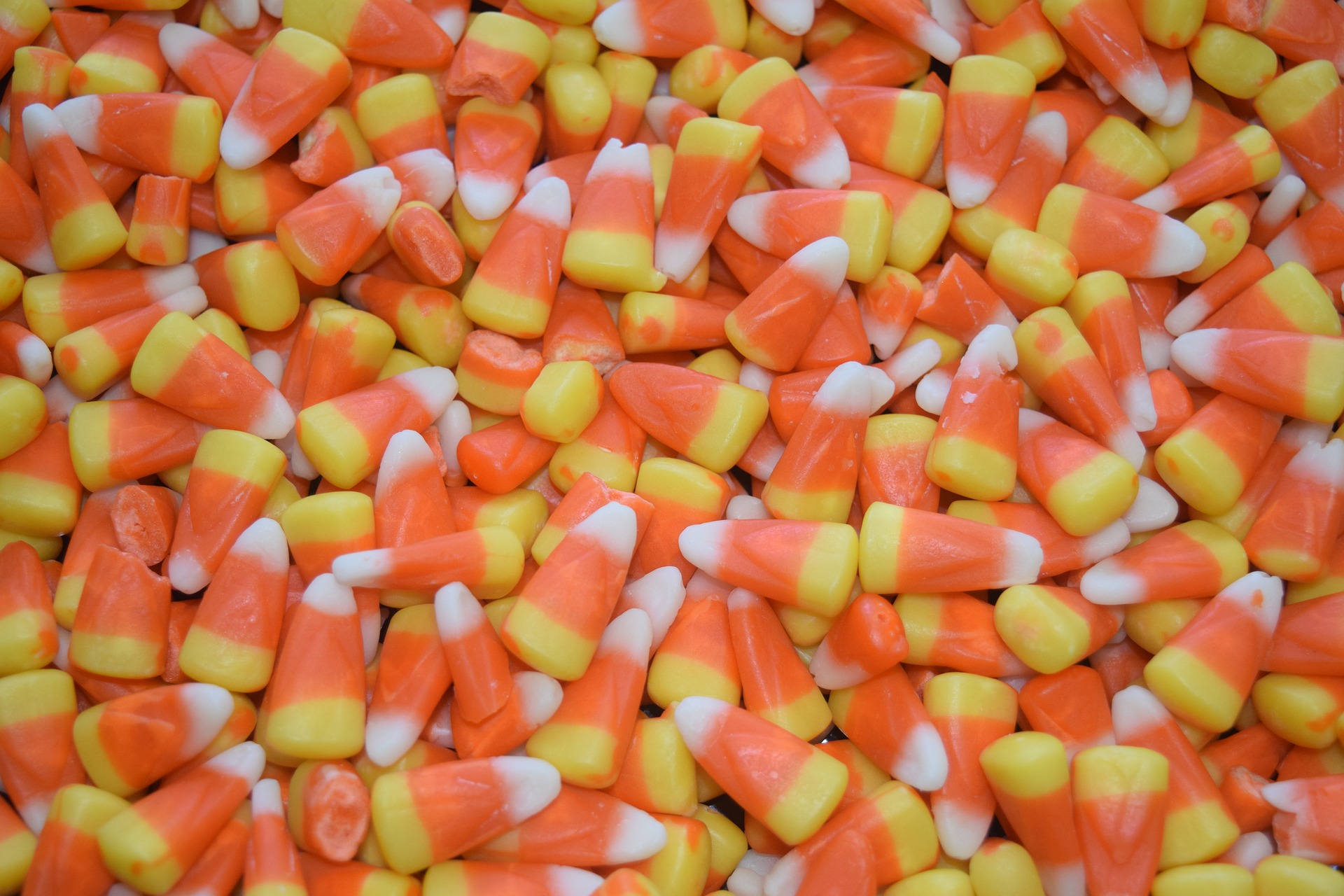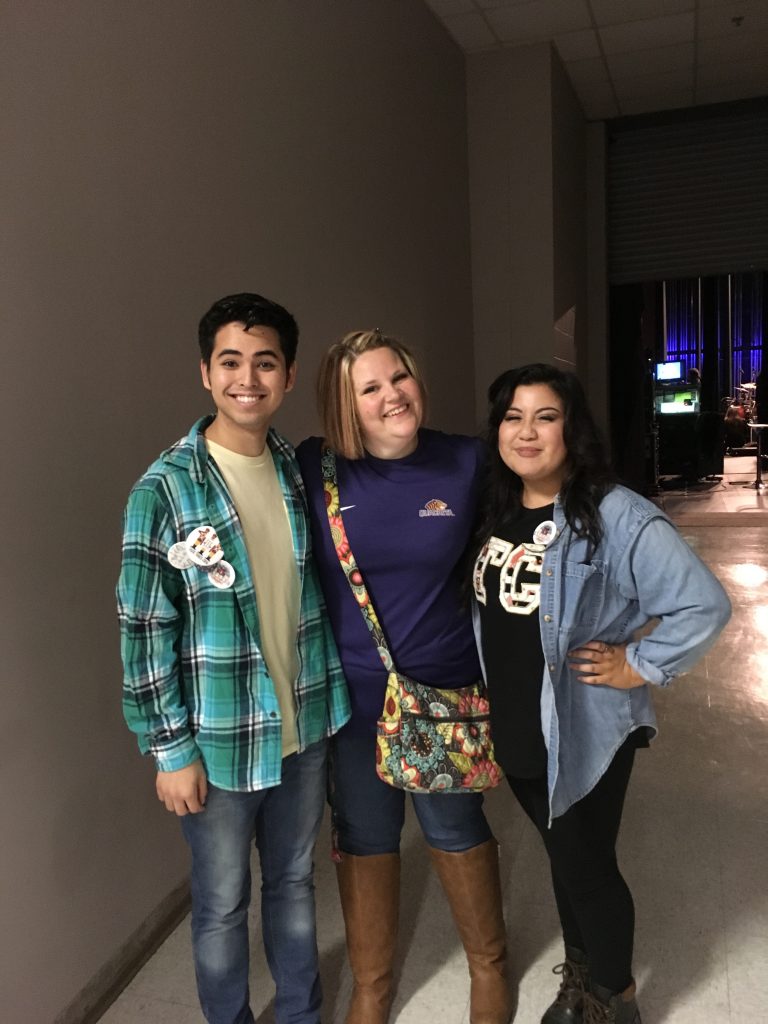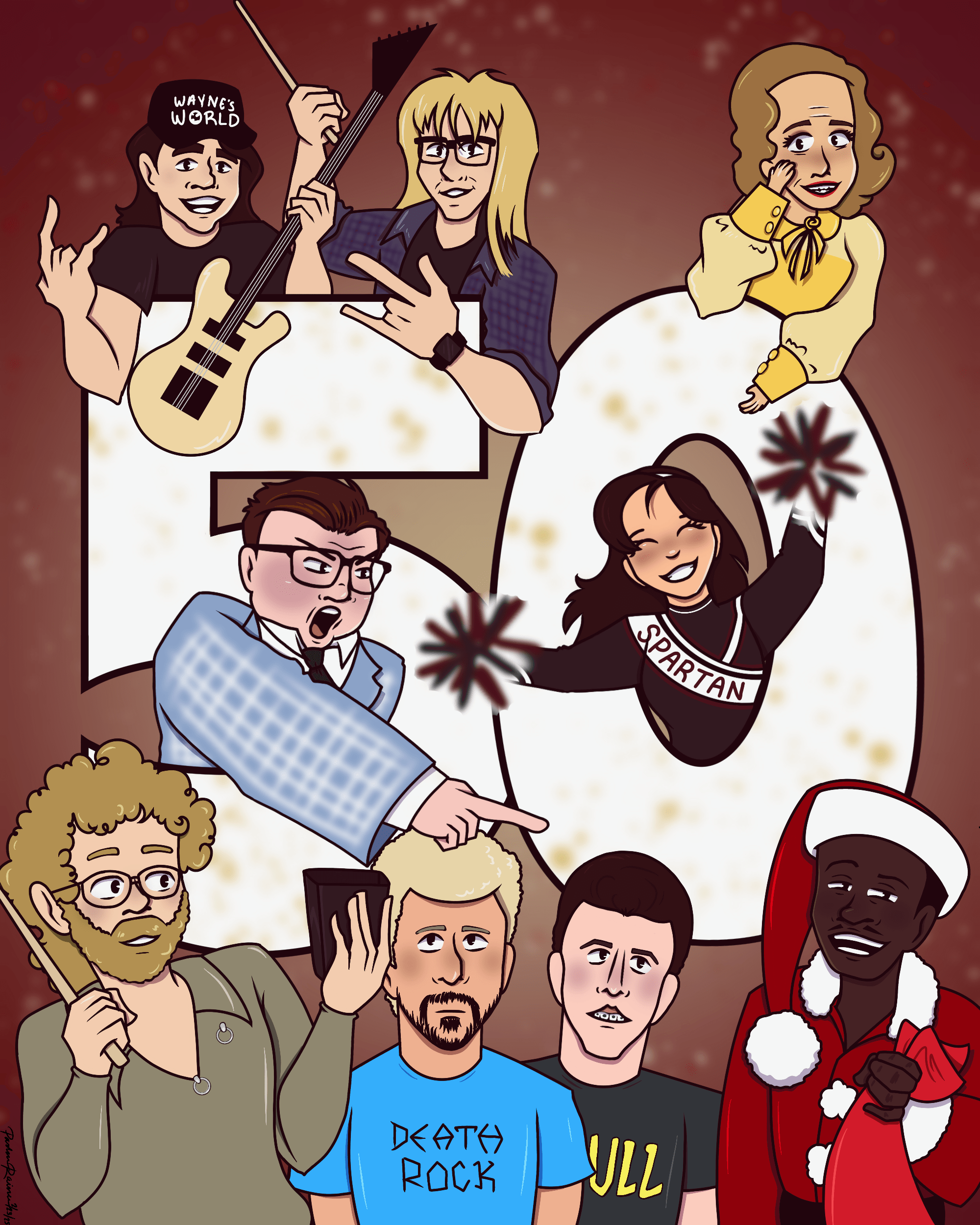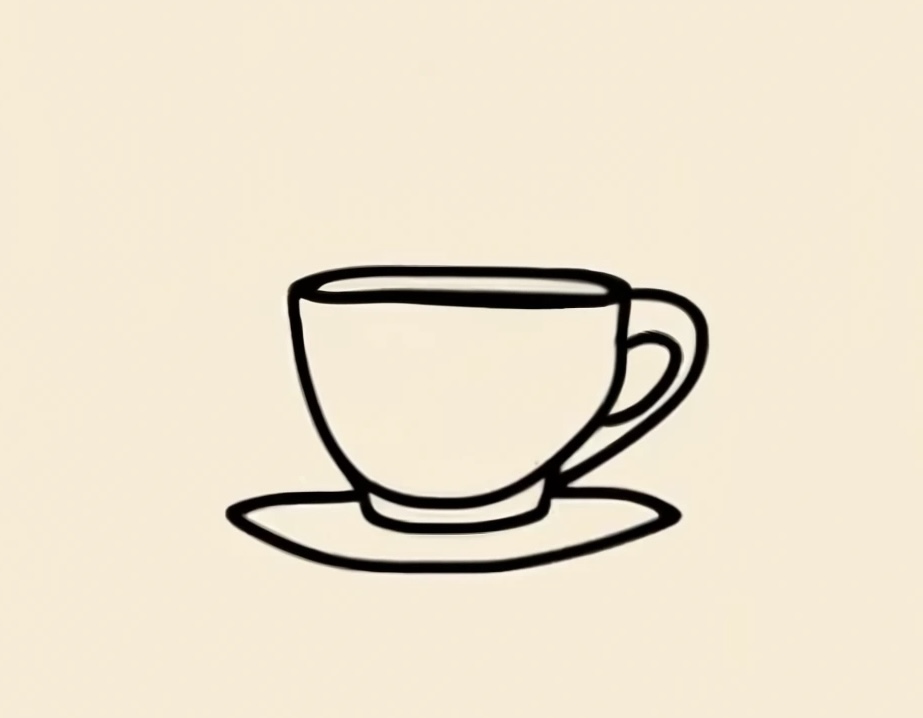Candy corn. The fall-time treat. The-gorge-yourself-until-you-can’t-possibly-stand-to-look-at-it-again, candy.
George Renninger, a candy maker for the Wunderlee Candy Company, is credited with first inventing the tricolored candy. The Goelitz Confectionary Company later bought the idea and began large-scale production of candy corn in 1898. Seeing mass amounts of attention and a huge increase in incoming revenue, the candy corn fad took off and has not stopped to this day.
Annually, around nine billion pieces of candy corn are consumed. Nine billion pieces of candy corn is roughly equal to 35 million pounds produced each year. Candy corn is non-biodegradable. Who woulda thought? Landfills scattered around the U.S are designated solely for the candy that consumers love to hate so much. Can you imagine seeing a landfill completely overrun by small, triangular, orange candies? The production rate and consumption rate are so ‘out of whack’ that this excess amount of candy is taking over. Why is it that this candy is so popular, yet the margin for people liking or disliking candy corn is so even? According to a survey taken of 200 consumers, roughly 52 percent of the group enjoys candy corn, and the other 48 percent don’t enjoy candy corn whatsoever.
For me, candy corn is an acquired taste as much as it is nostalgic. What’s not fun about the classic candies? Simple, sweet and sugary; candy corn is colorful enough, as well as tasty enough, to keep your attention.
Countless elementary Halloween parties were accompanied by massive bowls of candy corn to satisfy kids’ demands for sugar. Candy corn and fall go together like peanut butter and jelly. The fall season can be traced to when most stores begin bringing out the Halloween decorations and displaying obscene amounts of candy corn.
Candy corn is easy enough to grab a handful and walk away or plop down on the couch with the whole bag. The subtle honey flavor combined with the dominant marshmallow taste makes for a delicious bite-sized candy.
“It’s just there, so I eat it for fun, my family almost always keeps it around the house during the fall,” said Chris Godwin, a junior biomedical sciences major from Bryant, Ark. For Godwin, candy corn is more for the sugar rush than actually enjoying the candy.
Candy companies have tried to exploit the candy corn fad, even going so far as to create tricolored candy for holidays like Christmas and Easter. Even though the original candies all taste the same, consumers are able to purchase this ever-popular candy nearly all year round.
Personally, I think the fall season is the only time that candy corn should be sold. Any other season feels awkward to eat the orange, yellow and white candy that bears such a strong correlation to autumn.
Other companies have gone as far as to change the shape of the candy, as well as the flavor. A popular variant of candy corn is pumpkin shaped candy corn, to coincide with the heightened sales of candy corn in the fall. While not as easy to grab and go, these chunkier pieces of candy are nearly the exact same as their triangular counterparts. Another variant derives from the same shape as candy corn but makes a bold move. It combines the yellow and white layers into one and substitutes them with a chocolate, brown layer, creating an unnecessary (and in my opinion disgusting) new candy. These variant versions of candy corn are for the most part a hit or miss for consumers.
“I just can’t stand the taste and I never feel good after eating it,” said Tyler White, a senior biology major from Biscoe, Ark. White isn’t the biggest fan of candy, but candy corn is at the bottom of his ‘must have’ list of candies.
According to an article by the Huffington Post, “eating just 19 little pieces of Brach’s candy corn is consuming only 11 grams less than all the sugar that’s in one whole can of Coca Cola.” For candy corn maniacs like myself, this is pretty alarming. I can go through 19 pieces of candy corn in mere minutes.
Dentists hate candy corn. It often gets stuck in people’s teeth, leading to potential cavities. Now the whole “brush your teeth or you’ll get cavities” song and dance can get old quickly, but candy corn seems to stick to teeth much more than other candies. Dentists warn candy ‘munchers’ to be careful during the Halloween and fall season for good reason. As delicious as it is, sometimes no candy corn is the best candy corn.
However, credit is given where credit is due. People that dislike the taste of individual candy corn have found other ways to harness its abundance within the fall season. From trail mix to cookies, even to a mix in with popcorn, candy corn has found its way into various snacks to get away from the normality, and for some the disgusting consumption of, individual candy corn.
Now I can only speak for myself, but I still find candy corn alluring. There’s just something about the treat that I can’t bring myself to stop eating it. In terms of sugar content, as well as the potential for cavities, I understand that ‘portion control’ is a great phrase to keep in mind while eating candy corn.
Enjoy, or don’t enjoy, National Candy Corn Day on October 30, 2016.
– Will Blase, Staff Writer








